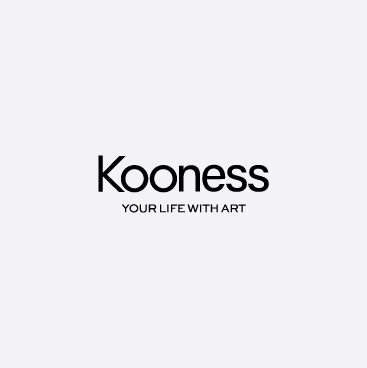Willem De Kooning
Rotterdam, Netherlands
1 Works exhibited on Kooness
Represented by
Categories
Don't have the time to browse through this artist's catalogue? Fill in this form to receive a curated selection of their works tailor-made to your needs.
Works by Willem De Kooning
Willem de Kooning (April 24, 1904 – March 19, 1997) was a Dutch-American abstract expressionist artist. He was born in Rotterdam and moved to the United States in 1926, becoming an American citizen in 1962. In 1943, he married painter Elaine Fried.
In the years after World War II, de Kooning painted in a style that came to be referred to as abstract expressionism or "action painting", and was part of a group of artists that came to be known as the New York School. Other painters in this group included Jackson Pollock, Elaine de Kooning, Lee Krasner, Franz Kline, Arshile Gorky, Mark Rothko, Hans Hofmann, Nell Blaine, Adolph Gottlieb, Anne Ryan, Robert Motherwell, Philip Guston, Clyfford Still, and Richard Pousette-Dart. De Kooning's retrospective held at MoMa in 2011–2012, made him one of the most well known artists of the 20th century.
De Kooning began painting in his free time and in 1928 he joined the art colony at Woodstock, New York. He also began to meet some of the modernist artists active in Manhattan. Among them were the American Stuart Davis, the Armenian Arshile Gorky and the Russian John Graham, whom de Kooning collectively called the "Three Musketeers". Gorky, whom de Kooning first met at the home of Misha Reznikoff, became a close friend and, for at least ten years, an important influence. Balcomb Greene said that "de Kooning virtually worshipped Gorky"; according to Aristodimos Kaldis, "Gorky was de Kooning's master". De Kooning's drawing Self-portrait with Imaginary Brother, from about 1938, may show him with Gorky; the pose of the figures is that of a photograph of Gorky with Peter Busa in about 1936.
De Kooning joined the Artists Union in 1934, and in 1935 was employed in the Federal Art Project of the Works Progress Administration, for which he designed a number of murals including some for the Williamsburg Federal Housing Project in Brooklyn. None of them were executed, but a sketch for one was included in New Horizons in American Art at the Museum of Modern Art, his first group show. Starting in 1937, when De Kooning had to leave the Federal Art Project because he did not have American citizenship, he began to work full-time as an artist, earning income from commissions and by giving lessons. That year de Kooning was assigned to a portion of the mural Medicine for the Hall of Pharmacy at the 1939 World's Fair in New York, which drew the attention of critics, the images themselves so completely new and distinct from the era of American realism.

